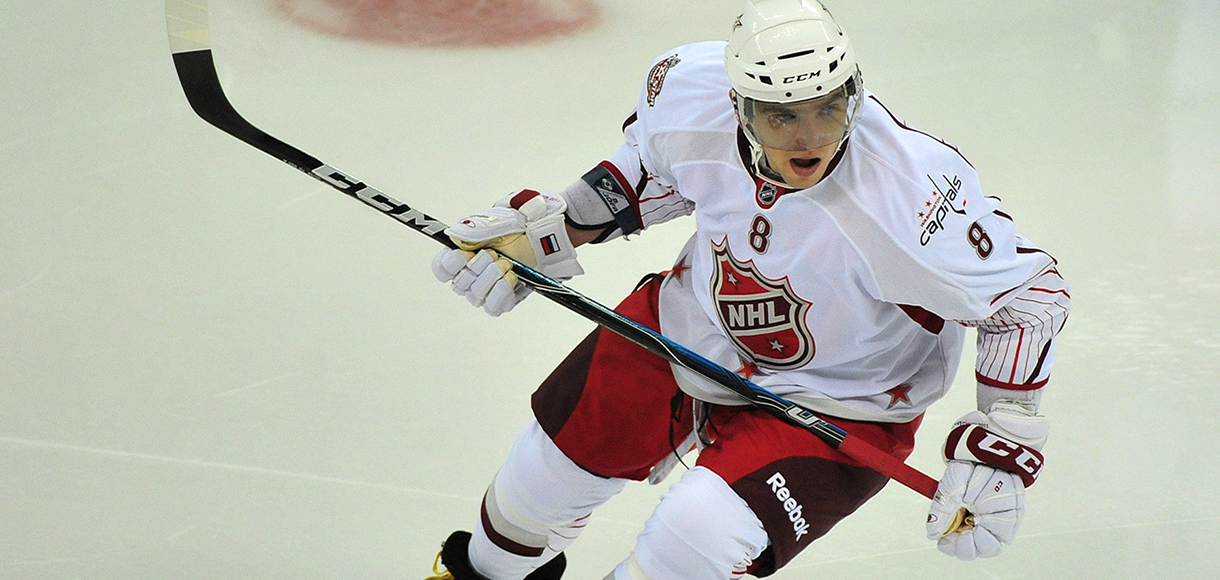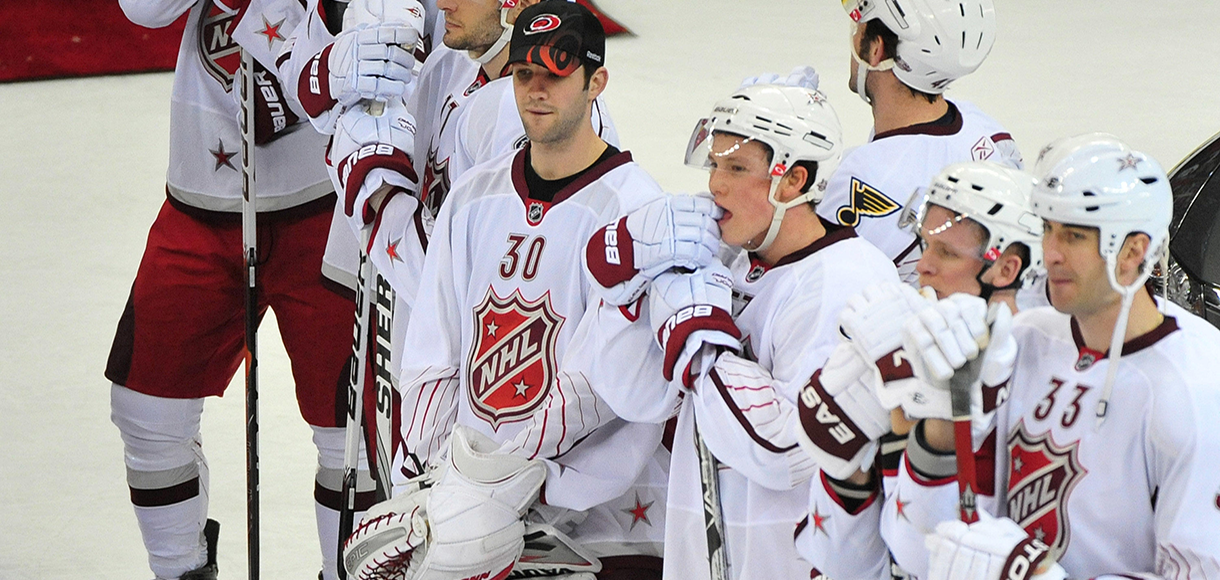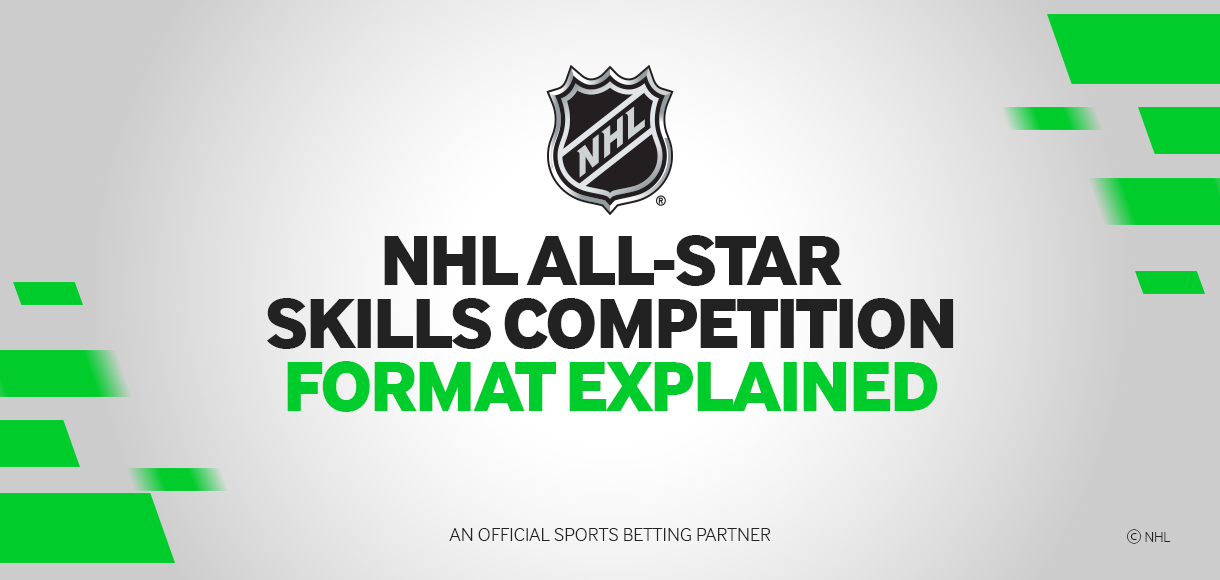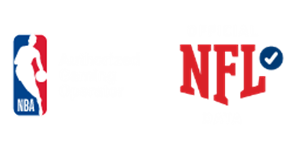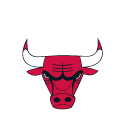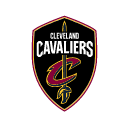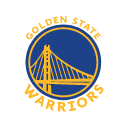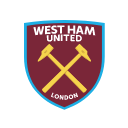Winter Olympics men's hockey: Team-by-team guide
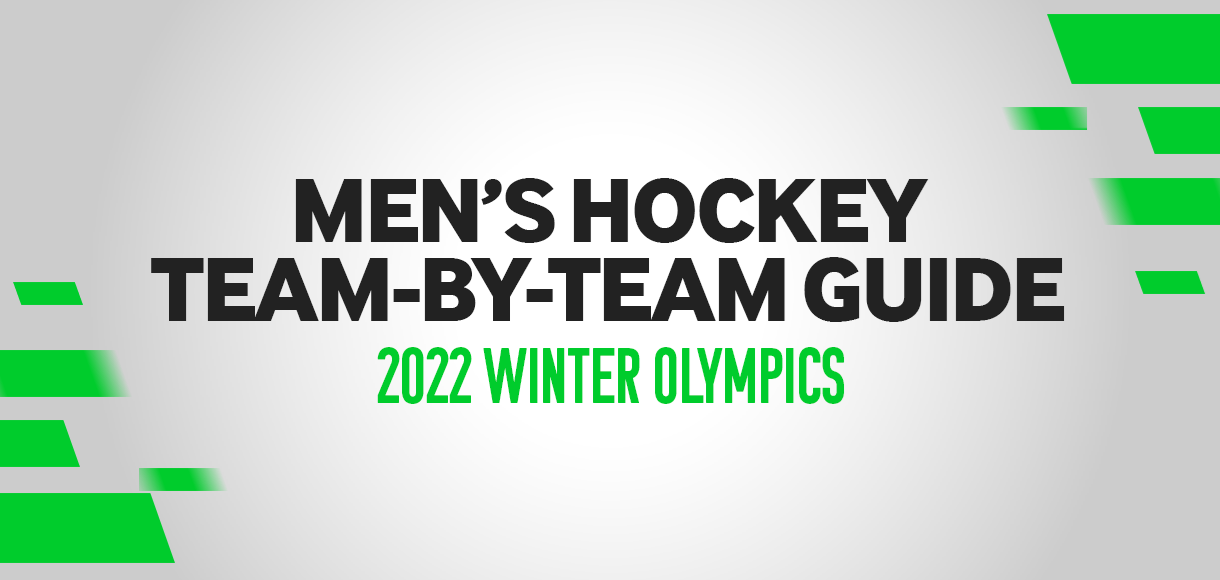
Andrew Berkshire assesses the chances of all 12 teams set to compete in the men's hockey tournament at the 2022 Winter Olympics in Beijing.
With the 2022 Beijing Winter Olympics well under way, the men’s hockey tournament is starting a bit late in the games due to a schedule that was meant to account for the NHL’s All-Star break. Of course, the NHL and NHLPA pulled out of the Olympics, so that delay ended up being for nothing.
Because NHLers aren’t playing in the Olympics, the odds of who has the best chance to win drastically shift, so what will this tournament look like?
The 12 teams are divided into three groups, so let’s split things up and do some quick introductions to each team’s roster, and see if we can provide some semblance of clarity on how good they are.
Group A
United States
The USA went with an interesting mix of veterans and youth in their Olympic roster, bringing over several members of their World Junior Hockey Championships team that wasn’t able to compete due to the tournament being shuttered by Omicron’s outbreak in Alberta. Brock Faber, Matty Beniers, Drew Commesso, and Matt Knies make up a talented youth movement that hopes to be joined by Jake Sanderson, but he was delayed Stateside by a positive COVID test.
Also on the young side are Drew Helleson, Brendan Brisson, and Sean Farrell. Farrell is an interesting addition because he was left off Team USA’s World Juniors squads when he was eligible, but has established himself as a high-level scorer both in the USHL, where he won a scoring title by 16 points, and in his first year at Harvard in the NCAA, where he’s scoring over a point per game as a rookie. He’s joined by Harvard teammate Nick Abruzzese, who is leading their team in scoring.
The Americans are led by a relatively thin squad of veterans in Nick Shore, Steve Kampfer, Andy Miele, Aaron Ness, and David Warsofsky. Kampfer and Miele are currently in isolation due to positive tests after arriving in China, and all those players were mostly fringe NHLers at their primes.
The vets might provide some leadership, but the kids will be expected to carry the day for the US.
China
The Chinese entry into the Olympics is essentially the roster of the KHL’s Kunlun Red Star, with many American and Canadian players making the jump over to represent China. Some familiar names for NHL watchers will be Brandon Yip, Ryan Sproul, and Chris Chelios’ son Jake.
There’s not much of a chance this team can compete, even with the diluted talent level now that the NHL isn’t around, but one advantage they might have is they’re used to playing together already. Still, some oddsmakers have priced them at +50000.
Germany
The defending silver medallist nearly scored an upset over the ROC in Pyeongchang in 2018, but can lightning strike twice?
There are some familiar names on team Germany, like the speedy Tobias Rieder, the gritty Tom Kühnhackl, and tough defenseman Korbinian Holzer. If anyone is going to stand out for Germany though, it’s probably going to be Dominik Kahun, who proved he could produce in the NHL at about a second line rate on four different teams, before heading to the Swiss league, where he leads Bern SC by 11 points. He’s a proven point producer who teams will have to watch for.
Germany always plays a team-centric style, and they can surprise opponents now that the talent pool is weakened.
Canada
Always the favourite in a best-on-best tournament, things are a bit more of an uphill battle for Canada without NHLers involved.
They are captained by a great NHL veteran in Eric Staal, who has sat out the entirety of the NHL’s season after addressing several lingering injuries he was dealing with en route to a Stanley Cup final last year with the Montreal Canadiens. Staal is slower than he’s ever been, but remains strong on the puck, excellent in the faceoff circle, and has a goal scorer’s touch when he gets a chance. Expect him to be a factor on the powerplay.
Another veteran to watch on the powerplay is David Desharnais, who is also not fleet of foot, but brings a wealth of hockey sense and playmaking ability to the table, and has thrived in the Swiss league the last few years.
On defense, Canada’s veterans include efficient puck movers like Mark Barberio and Jason Demers, but as with the vets up front, skating may be an issue.
What could propel Canada into the medal round though is their youth movement, with dynamite young players like Owen Power on defense, and Mason McTavish up front. Those two were exceptional in the World Juniors, and looked NHL ready.
Added to that, Canada has brought some sandpaper to the mix with the combination of Daniel Winnik, Adam Cracknell, and Landon Ferraro, a trio that should be solid defensively while exhausting opponents.
The X-Factor for Canada though, will be goaltender Devon Levi. The 20-year-old put up a 96.4 per cent save percentage in the World Juniors last year, and has a 94.8 per cent save percentage as a rookie in the NCAA. He has the potential to be the best goaltender in the tournament.
Group B
Russian Olympic Committee
The odds-on favourite to win gold again after taking the gold medal in Pyeongchang, and for good reason.
The KHL is the best professional hockey league outside of the NHL, and Russia has done a better job retaining some of their higher-end talent in recent years.
This team is littered with players who were better than average at the NHL level, like Artem Anisimov, Nikita Gusev, Anton Slepyshev, and Vadim Shipachev. Not to mention players who have excelled at the KHL level as well. They’re easily the most talented team in the tournament, and are carrying three goaltenders in their prime who have had great seasons in the KHL, although none of them have been otherworldly this year.
The issue with Russian teams almost always seems to lie with coaches playing favourites instead of the best players, but that usually stems from a political issue with shelving NHLers in favour of their KHL counterparts in a best-on-best tournament. That isn’t the case here, so don’t be shocked if Russia has no issues to speak of.
Czechia
Czech hockey is going through a bit of a transition period at the moment, with young players coming up who are better than what we’ve seen over the last decade or so, but the players who dominated the international team for the last stretch are starting to get a little old to be highly competitive.
With that said, this Czechia team looks sneaky good to my eye. They’re headlined by David Krejci, who frankly may be the best overall player in this tournament. He’s 35 years old, but always played excellent for the Boston Bruins, and has a habit of saving his very best for the most important games.
They also boast former NHLers like Michael Frolik, Jakub Jerebek, and Vladimir Sobotka. Add to that some long-time dominant European league players like Jan Kovar and Tomas Hyka, and this team could surprise.
Denmark
The Danes always play hard in these tournaments, and they do have a solid group of former NHLers that could be difference makers in Mikkel Boedker, Nick Jensen, Frans Nielsen, and Peter Regin, but unless something crazy happens, they don’t look like a threat.
Switzerland
The Swiss function as a well-oiled machine every time they play in a tournament like this, and they do have a group of recognizable players to touch on heading into this tournament.
Denis Malgin was an underrated NHLer as recently as two seasons ago with the Florida Panthers and Toronto Maple Leafs, and he’s joined by a trio of former Montreal Canadiens players in Sven Andrighetto, Raphael Diaz, and Yannick Weber. The question for the Swiss will be whether the goaltending can hold them in games long enough to get their own scoring going.
Group C
Finland
After the ROC, the Finns are given the second-best odds to win the tournament among most oddsmakers. That isn't too surprising considering some of the names on the roster, and the strong team game the Finns always play.
Former NHLers like Valtteri Filppula, Teemu Hartikainen, Leo Komarov, Ville Pokka, and Sami Vatanen headline a team that should be extremely difficult to play against. Much of the team comes from the KHL instead of the SM-Liiga, as the Finnish league has lost a bit of its lustre in recent years.
The question for the Finns is almost always whether they can capitalize on their opportunities, and while they have plenty of grit, the scoring may be hard to come by.
Latvia
Latvia always brings the fun in these tournaments, but I don’t think they have the talent assembled here to do much damage. The most recognizable name on the roster is Kaspars Daugavins, who had a nice little NHL career.
Other than him, the only name that the average North American hockey fan might recognize is Kristers Gudlevskis, who gave Team Canada fits in a game they eventually won at the 2014 Olympic games in Sochi, but he’s only expected to be the third string goalie this time around.
Slovakia
Like their neighbours in Czechia, Slovakia is seeing a bit of a renaissance in their young players in recent years, but that is unlikely to translate into Olympic performance at this stage.
Some names you might recognize on the team are Marko Dano, Martin Marincin, and Tomas Jurco, but other than that it’s a lot of relative unknowns.
Dano is probably the most offensively skilled player on the team, and there was always a sense that he had much more to give at the NHL level. They could surprise, but I think they’re a serious longshot.
Sweden
Finally, we close things out with Sweden, who has a very recognizable group for NHL fans, including the offensively talented and defensively disastrous Erik Gustafsson, and the physical Christian Folin. They also have Anton Lander and Lucas Wallmark, who couldn’t fulfill their offensive potential in the NHL, and defensive shutdown guys like Marcus Krüger and Jacob de la Rose.
Add in Max Friberg for veteran leadership, and you’ve got a pretty good mix of players to work with. The Swedes lack some of the top-end talent that Canada or the ROC possess, but they’re never an easy out.












